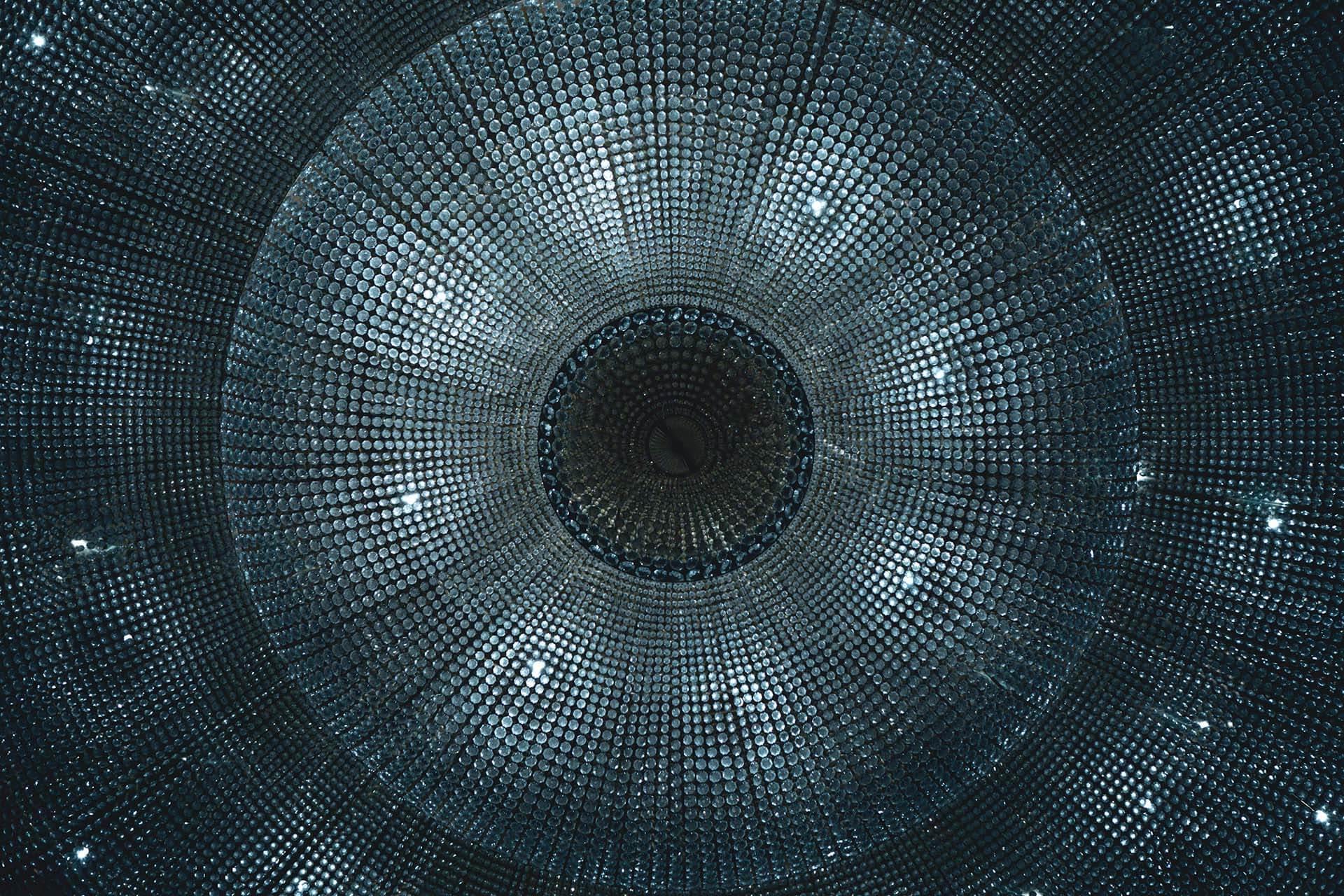Construction Moneylaw
Once upon a time, artificial intelligence, or AI (“the theory and development of computer systems able to perform tasks normally requiring human intelligence”) seemed nothing more than the fanciful imaginings of Hollywood movie directors, in films such as A.I. and I, Robot. However, today, AI in all its varying guises, is rapidly becoming an integral part of our everyday lives. Just ask Alexa!
Indeed, in recent years the, the infiltration of AI into the bricks and mortar world of construction is clearly evident, with the introduction of such AI developments as self-driving machinery and off-site construction of building components by robots, to name but a few.
However, it is not only in the more physical aspects of this industry that AI has started to make in-roads but also in the claims dispute process. Here, AI is not only helping to minimise the possibility of disputes but also to secure their prompt resolution, should they ultimately occur.
According to Ben Allgrove, an IP partner at City law firm, Baker & McKenzie, recent developments in more powerful computer processing power, better algorithms, big data and investment from technology companies has created the “perfect storm” which has led to “a huge breakthrough in the ability to use machine learning to produce outcomes and solutions”.
To date, AI technology has largely been employed by the legal sector in two principal areas: e-discovery in litigation, where the machine-learning technology of predictive coding is employed to identify relevant disclosure documents and secondly, the extraction of data from documents, generally for the purpose of corporate due diligence exercises.
In relation to construction disputes specifically, AI is increasingly being employed in avoiding disputes in the first place. For example, automated contract reviews which will allow for a quicker and more cost-efficient analysis of contracts, thereby resulting in a greater understanding of possible risks. Likewise, where the volume of contracts entered into is considerable (as is often the case on construction projects), the subsequent ongoing automated management of key contractual obligations, subsequent amendments etc, can greatly help to minimise risk.
Where a client is unfortunately already embroiled in dispute resolution, AI searching and clustering functionalities can be employed to analyse data, identifying links and patterns which allows those involved to gain a greater grasp of the facts of the case.
However, where it really gets exciting is when AI is used to predict the outcome of cases. Recent research projects have sought to develop machine learning algorithms to predict the decisions of the European Court of Human Rights (ECtHR) and the US Supreme Court. In the case of the ECtHR, 79% accuracy was achieved and in the case of the Supreme Court, 70.2% (particularly impressive in the latter case when compared with the 66% success rate predicted by human experts).
Interestingly, in the ECtHR project, Dr Nikolaos Aletras (head of the study) commented that in making their decisions judges were clearly influenced to a greater degree by the facts of the case rather than the legal arguments. Although there is still much work to be done, it is hoped that the machine learning algorithms can eventually be used as the basis for identifying and consequently prioritising those cases where violation of the European Convention on Human Rights is most likely.
Although this predictive technology is still largely in its infancy, there are already several platforms available. For example, US owned Lex Machina which offers predictive services based on a collection and analysis of historical data from past case law, trends in judges’ rulings, legal strategies of opposing counsel, and winning arguments, allow the user to make informed decisions about matters such as possible transfer of venue and the likely length of litigation. Likewise, Predictice which has already trialled its software with City firms, Dentons and Taylor Wessing, claim that by applying machine learning techniques to case law a statistical analysis of litigation probability can be obtained which in turn can be used to “optimise litigation strategies by comparing their chance of success and identifying success levers”. It is anticipated that eventually by being able to assess the potential outcome of a case, lawyers will be able to adjust their pricing according to risk. Very welcome news!
Conclusion
It is hoped that by using such platforms, those involved in construction dispute resolution will benefit considerably, both in terms of time and money saved when it comes to deciding whether the high-risk strategy of litigation is worth pursuing or alternatively deciding that other forms of resolution or indeed settlement, may ultimately be more appropriate.
Although no-one can deny the importance of these technological advances, we are still a long way off “general AI”, with most applications being utilised for very specifically defined functions. Human input is still very much a key ingredient in the world of construction claims disputes. Just ask Alexa!
References
1)10 Examples of Artificial Intelligence in Construction (trimble.com)
2) How to: Set free your robo-lawyer | Feature | Law Gazette
3) AI ‘lawyer’ predicts outcomes of human rights cases | WIRED UK
4) Artificial Intelligence and Construction Law: It’s here, don’t be left behind (fenwickelliott.co.uk)
6) How Law Firms Are Harnessing Innovative IT | DPS Software
7) The robot judge – AI predicts outcome of European court cases – Legal Futures
8) Machine learning algorithm predicts Supreme Court outcomes | Daily Mail Online
9) Dentons pilots predictive litigation technology – Legal Futures
11) Oxford English Dictionary




